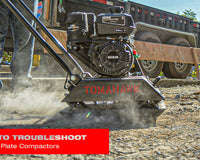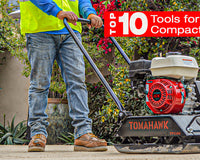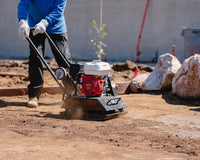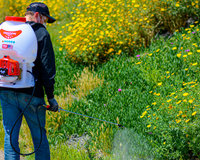Fleas and ticks are more than just annoying—they can carry diseases, cause skin problems, and make life miserable for both pets and their owners. That’s why flea and tick treatments are essential. But have you ever wondered how these treatments actually work?
Whether you’re using a spot-on, a chewable tablet, a shampoo, or a yard spray, understanding how these products function can help you make better, safer choices for your pets and home.
Why Flea and Tick Control Is Important
Fleas can cause:
-
Severe itching
-
Allergic dermatitis
-
Anemia in young or small pets
-
Tapeworm infections
Ticks can transmit:
-
Lyme disease
-
Ehrlichiosis
-
Rocky Mountain spotted fever
-
Anaplasmosis
Preventing infestations is easier, safer, and cheaper than treating them once they take hold.
Types of Flea and Tick Treatments
1. Topical (Spot-On) Treatments
These are applied directly to your pet’s skin, typically between the shoulder blades.
-
How they work: The treatment spreads across the skin and coat through natural oils. When fleas or ticks come in contact with it, the active ingredients either repel or kill them by targeting their nervous system.
-
Duration: Usually provides 30 days of protection.
-
Popular ingredients: Fipronil, permethrin (dogs only), imidacloprid, selamectin.
✅ Easy to apply
❌ Can wash off if not fully absorbed before bathing
2. Oral Medications (Chewables or Tablets)
These are ingested by your pet and work from the inside out.
-
How they work: After your pet eats the medication, it enters the bloodstream. When fleas or ticks bite your pet, they ingest the chemical and die.
-
Duration: Varies—some work for 24 hours, others protect for up to 3 months.
-
Popular ingredients: Afoxolaner, fluralaner, spinosad, nitenpyram.
✅ No mess, fast-acting
❌ Doesn’t repel pests—kills after the bite
3. Flea and Tick Collars
These are worn around your pet’s neck and continuously release insect-repelling or killing ingredients.
-
How they work: The collar emits a steady dose of active ingredients that spread across the skin.
-
Duration: Many last up to 6–8 months.
-
Popular ingredients: Flumethrin, imidacloprid, essential oils (for natural options)
✅ Long-lasting, low maintenance
❌ May cause irritation in some pets
4. Flea and Tick Shampoos
Used during bath time to kill fleas and ticks on contact.
-
How they work: These shampoos contain insecticides or natural oils that kill or repel pests immediately.
-
Best use: For existing infestations, not long-term prevention.
-
Common ingredients: Pyrethrin, oatmeal, neem oil, aloe vera
✅ Instant relief
❌ Short-term results (few days to a week)
5. Yard and Home Treatments
Keeping fleas and ticks out of your environment is just as important.
-
Sprays and granules treat outdoor areas.
-
Diatomaceous earth and natural oils help indoors.
-
How they work: They kill or repel pests at every life stage—from eggs to adults.
✅ Breaks the flea/tick life cycle
❌ Must reapply regularly and use safely around pets
How These Treatments Kill Fleas and Ticks
Most chemical-based treatments target the pests’ nervous systems, causing:
-
Paralysis
-
Dehydration
-
Death
Natural ingredients like cedar oil or neem work by:
-
Disrupting pest hormones
-
Interfering with their ability to reproduce
-
Creating a scent barrier that repels them
Can One Treatment Do It All?
Not always. Many treatments are great at killing adult fleas and ticks, but don’t target eggs or larvae. That’s why using integrated protection—treating your pet, your home, and your yard—is the best way to fully eliminate and prevent infestations.
Understanding how flea and tick treatments work helps you choose the safest and most effective solution for your pet. Whether you prefer natural options or rely on vet-recommended formulas, the key is consistency and coverage—from your pet’s coat to the backyard.









